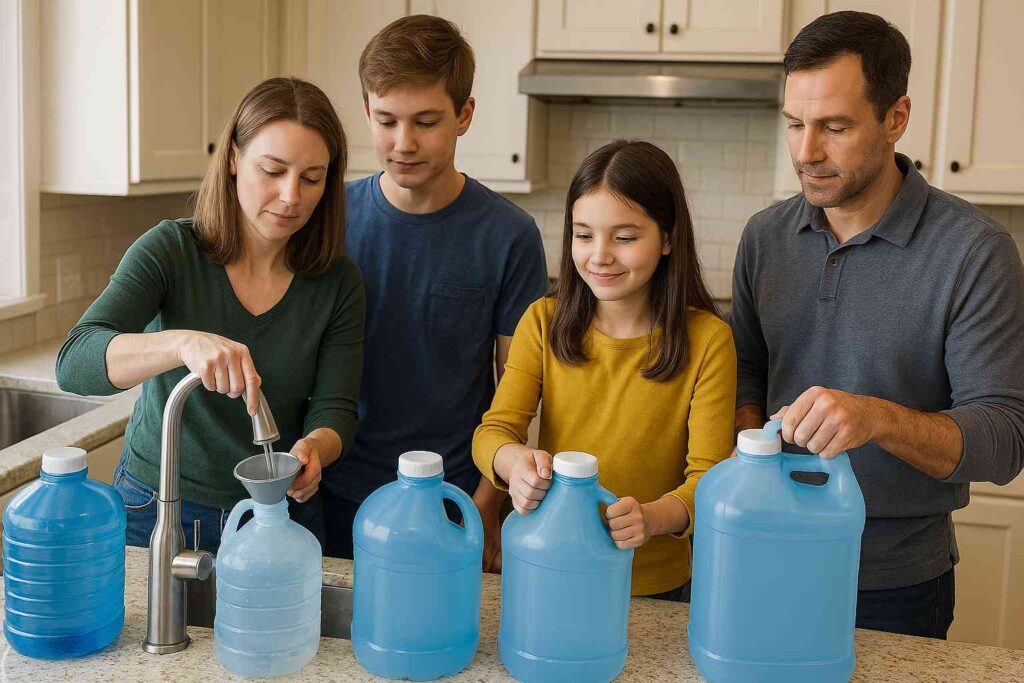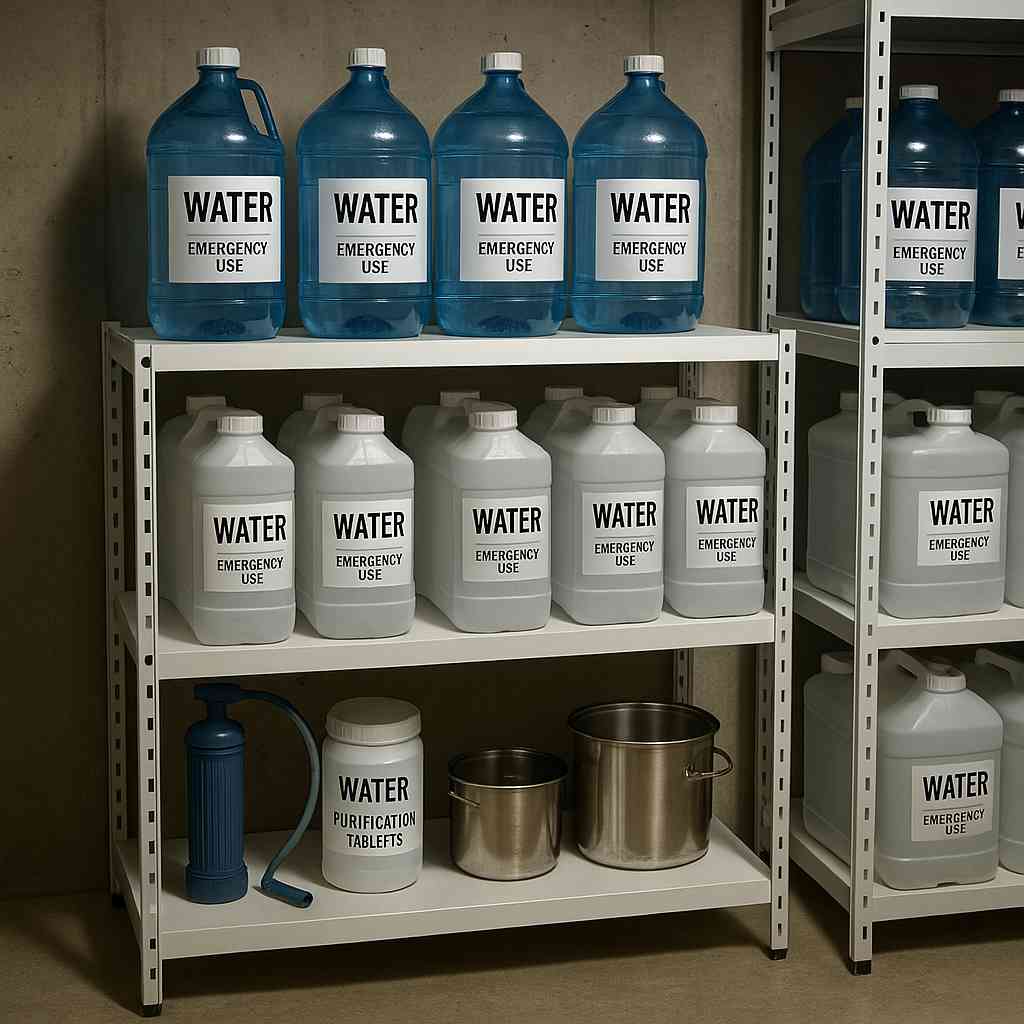
Long Term Water Storage: 3 Essential Tips for Emergency Preparedness
Water is vital for survival, yet often overlooked in emergency preparedness plans. In the event of natural disasters or infrastructure failures, access to clean drinking water can be compromised. Implementing a long term water storage strategy is crucial to ensure your family’s safety.

1. Choosing the Right Containers
Selecting appropriate containers is the first step in long term water storage. Opt for food-grade containers made from materials like high-density polyethylene (HDPE). These are durable and safe for storing drinking water. Avoid containers that have previously held non-food substances, as residues can contaminate your water supply.
Consider the following container options:
- 5-7 gallon jugs: Portable and manageable for most individuals.
- 55-gallon drums: Suitable for storing larger quantities; ensure they’re placed on a raised platform to prevent contamination.
- Stackable water bricks: Space-efficient and ideal for smaller storage areas.
For more information on suitable containers, refer to the Utah Department of Environmental Quality’s guidelines.

2. Purifying Water Before Storage
Even if your water source is municipal tap water, it’s advisable to purify it before long term storage to eliminate any potential pathogens. Here are some purification methods:
- Boiling: Bring water to a rolling boil for at least one minute to kill most microorganisms.
- Chlorination: Add 8 drops of unscented liquid household bleach per gallon of water, mix thoroughly, and let it stand for 30 minutes.
- Water purification tablets: Follow the manufacturer’s instructions for dosage and contact time.
Always label your containers with the date of purification and the method used.
3. Optimal Storage Conditions
Proper storage conditions are vital to maintain water quality over time. Store your water containers in a cool, dark place away from direct sunlight and temperature extremes. Basements, closets, or dedicated storage rooms are ideal locations.
Additional storage tips:
- Elevate containers: Keep them off the ground to prevent potential contamination and to facilitate easier access.
- Regularly inspect: Check for signs of leakage, discoloration, or foul odors every six months.
- Rotate your supply: Replace stored water every six to twelve months to ensure freshness.

Frequently Asked Questions
Q1: How much water should I store per person?
Aim to store at least one gallon of water per person per day for a minimum of three days. For extended preparedness, consider a two-week supply.
Q2: Can I use any plastic container for water storage?
No, only use containers labeled as food-grade. Avoid containers that have previously stored non-food substances or are made from materials not intended for food storage.
Q3: How often should I replace stored water?
It’s recommended to replace stored water every six to twelve months. Regularly inspect containers for signs of degradation or contamination.
